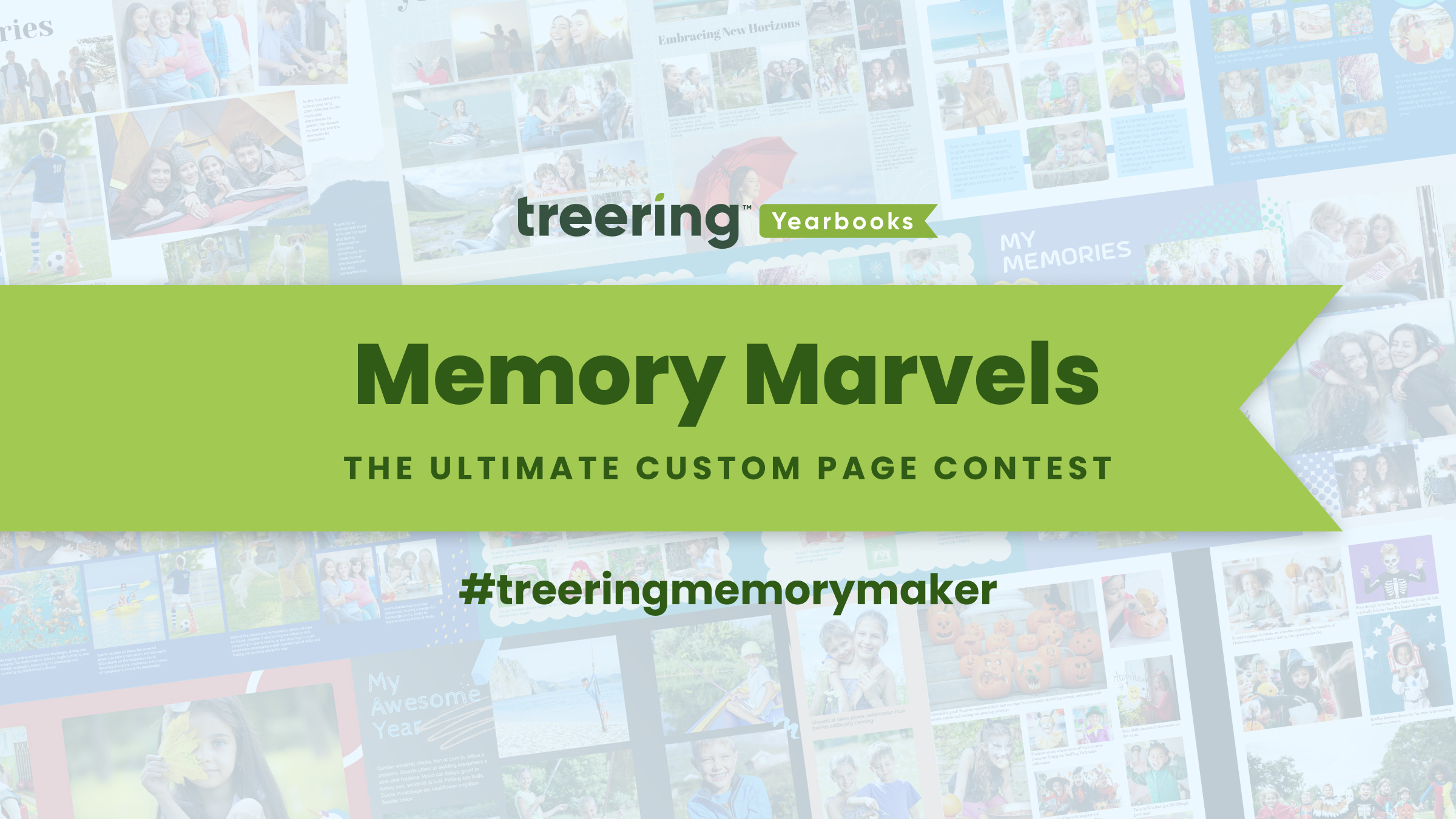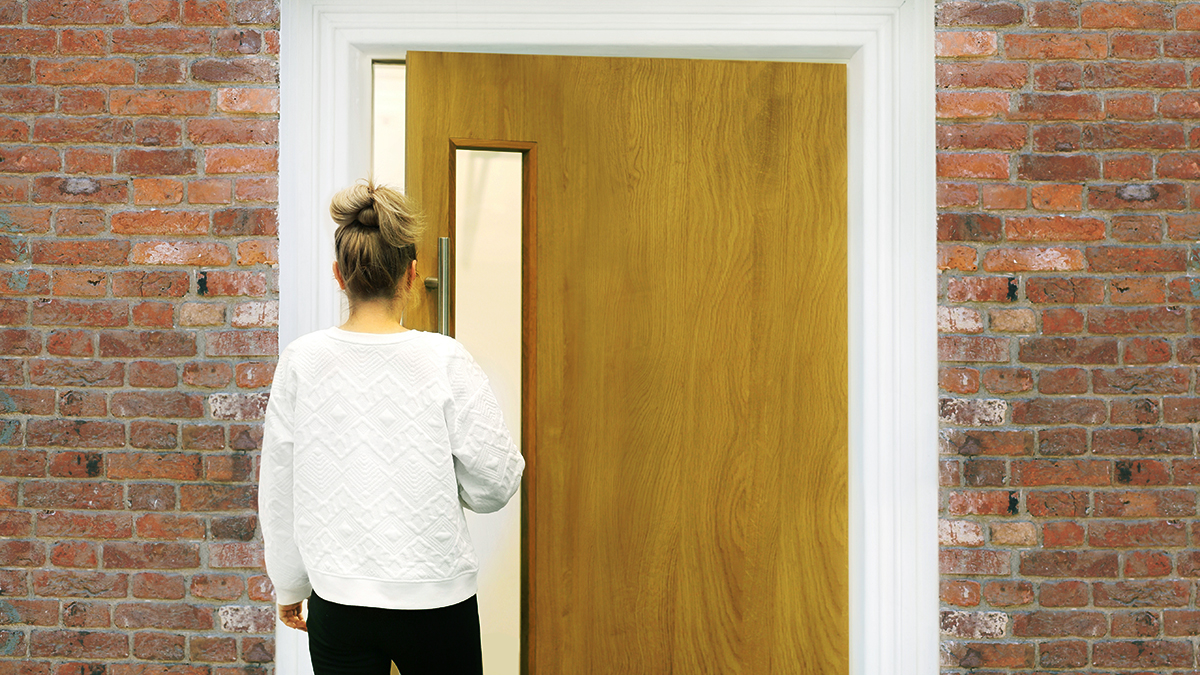Let’s be honest: your elementary-school-aged yearbook readers are all about the pictures. As such, your pages will be image-heavy, and will largely rely on the headline to provide context and framing for each spread. You can be direct in your headline creation, if you’d like: “Ms. Johnson’s 4th Grade Class’ Trip to the Zoo.” Nothing wrong with that. But if you’re looking for something a little more creative, or a little more in line with your theme, we’ve got the great headline writing tips you’ll need.
Simple Headline Writing Tips
Choose Your Style:
Selecting a style for your headlines can drive a consistent feel throughout your book. This style can make for a fun, whimsical, or purposeful vibe, and help cohere all your various spreads together. Below are some of our favorite headline styles for elementary yearbooks. Take a look and see if inspiration strikes.
- Alliteration: Evocative of Dr. Seuss, this style resonates with younger kids even if they can’t quite put their finger on the reasoning. Find key words that describe each spread, and play around with discovering what alliterative pairings you can create. Examples would be “Field Day Favorites,” “Cookies in the Cafeteria,” or “Loving the Library.”
- Turn of Phrase: Add a cute or scholastic twist to a popular phrase. We like “Swingsets and Kickballs and Slides, Oh My!” for a playground feature, or “Duck, Duck, Geese!” for that trip to the poultry farm.
- Idioms: It’s amazing how easily kids pick up on idioms, and how well they grasp their meanings. Stretch their thinking by incorporating these phrases into headlines. Start your headlines with idioms like “Get Your Ducks in a Row,” “Dressed to the Nines,” or “Happily Ever After,” then finish up with a more specifically descriptive subheading.
- Pop Culture: These can be fun if they accurately capture this point in time for this younger group of students. “Do You Wanna Build a Snowman?” or “Inside Out” would be simple examples of how to include the hot tickets of recent years. If you do this, just try to not overuse one specific reference too often.
- Theme: If you’ve chosen an overarching theme for your yearbook, pair your headlines with that theme. “Soaring High” could have multiple aeronautical or avian headlines. Brainstorm a bunch of potential words or phrases, and tie them in wherever they fit best.
Creating the Headline:
Once you’ve decided on your style, it’s simple to begin to craft some winning headlines. Some will immediately jump into your mind, while others might take a little bit of noodling. Here are some tips to help you piece it together.
- Take a careful look at the spread. How would you sum it up in one sentence? Is it about a class, an event, or an activity? Who is involved?
- Capture first five words that come to mind. These can range from factual (e.g. fourth graders, science, recess) to conceptual (e.g. exciting, fun, thoughtful).
- Pull a couple of these words into your headline style and consult the thesaurus if needed. For example, if I wanted to write a headline that encompassed science and exciting while following the alliterative style, I do a quick word-swap and land on “Sensational Science” or “Experiments Excite!”
- Come up with a few options. You will usually have a gut reaction when you come up with the perfect headline for a spread. You may even have to come up with a few dogs before you land upon a winner—or realize that your first instinct was spot-on. Either way, more options is always better.
- Get a second opinion. Occasionally you’ll reach a bit too far and end up with a word stew that is basically meaningless to everyone except yourself. (Been there. Done that. Have the t-shirt.) It helps to get a second opinion from an honest colleague before the book goes to print and you have to explain how “Planes, Trains, and A-Lotta-Mobiles” is tied to the art department.
You want your headlines to draw the reader in and get them as excited about reading the page as you were about putting it together. It might take a little bit of work, but selecting a style and doing a little brainstorming will pay off huge in the long run. At the end of the day, writing headlines is a good way to flex your creative muscles and add an extra layer of fun to the yearbook.






